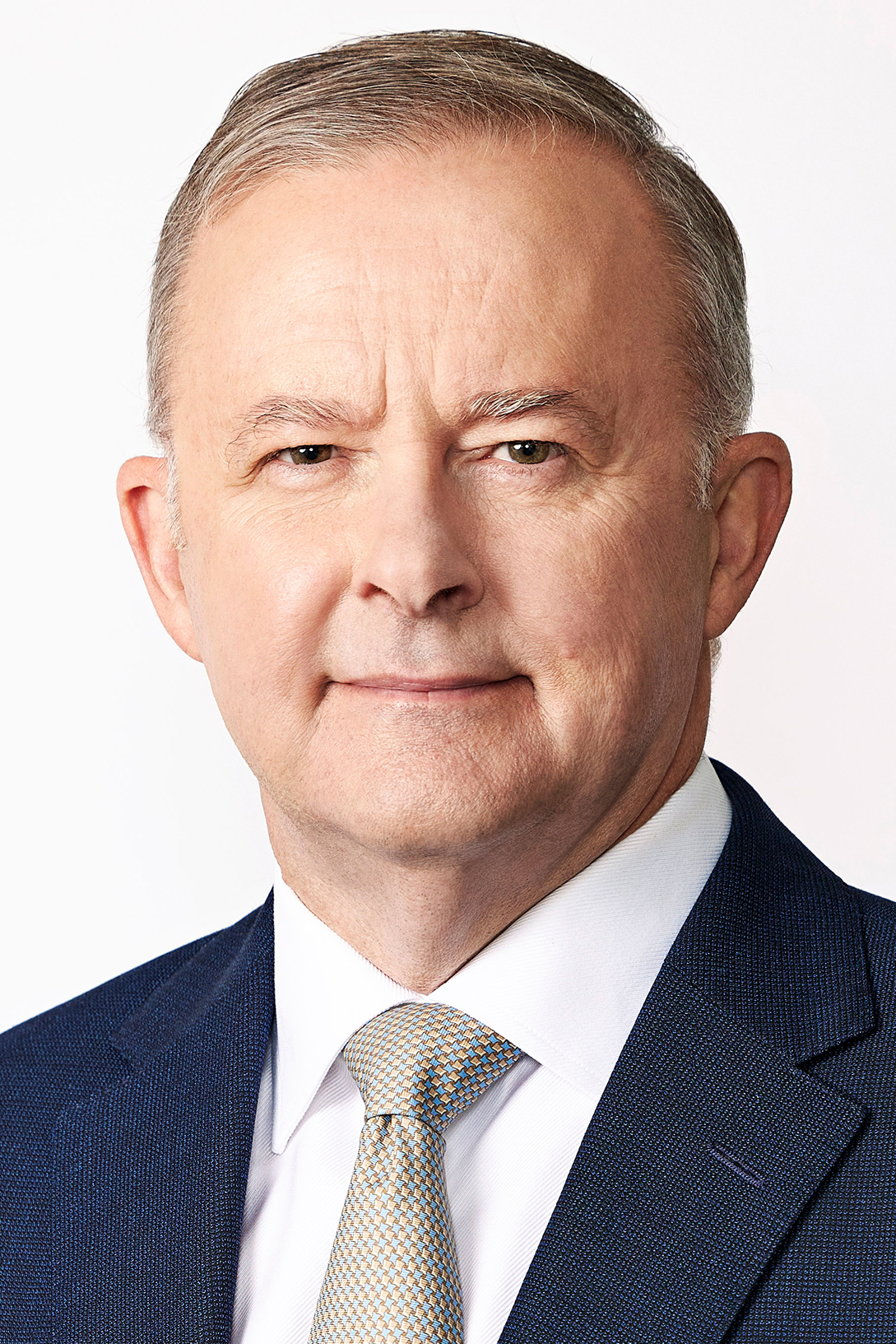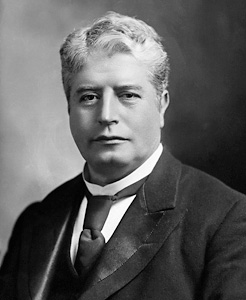Prime minister of Australia is the leader of the country’s federal government. In Australia, the official head of state is the monarch of the United Kingdom, who also serves as the king or queen of Australia. However, the monarch’s power is limited by the Constitution of Australia as part of its parliamentary system of government. Under the parliamentary system, the prime minister is the actual head of the federal government. He or she is the Australian government’s chief representative to the people of Australia and the world at large. The prime minister is also primarily responsible for Australia’s domestic and foreign policies. 
The prime minister is officially appointed by the governor general of Australia, the British monarch’s representative at the federal level. The governor general appoints the leader of the majority party in the House of Representatives, one of the two houses of the Australian Parliament, as prime minister. If no individual political party has a majority after a federal election, various parties combine to form a majority. Then, the leader of the coalition (combined parties) becomes prime minister. Prime ministers usually hold office until their party or coalition loses the majority in the House of Representatives. However, prime ministers have also been replaced as party leaders, retired, or died before the end of their terms in office.
Sir Edmund Barton, the first prime minister of Australia, held the office from 1901 to 1903 . Julia Gillard became Australia’s first female prime minister in 2010. Anthony Albanese, head of the Australian Labor Party became prime minister in May 2022. 
